Database API — Leverage VCC Live from Any ERP and CRM Systems
Estimated reading time: 7 minutes | Target users: IT Admins
Database APIs allow your system and the VCC Live server to exchange database information through HTTP GET, PUT, POST and DELETE requests. This means that your system can send specific messages to VCC Live, which in return, performs the requested action or provides the information specified in the request.
Note: This tutorial refers to Database API v2. Earlier versions are no longer supported.
In this lesson, you will learn:
- What Database API is
- The basics of Authentication, Security and IP Firewall
- What Resource Patterns are
- The API testing procedure
1. About Database APIs
Application Programming Interface (API for short) is a language and messaging format used by an application tool in order to communicate with operating systems, database management systems etc. APIs thus serve as the main means of communication between a user and an application or database.
In order to increase productivity, you can connect your systems with the VCC Live software and database with APIs. Using APIs has a number of benefits, such as:
- You can gather project preferences, resources and user information in real time.
- It makes it possible to get information about your voice files, or set their status programmatically.
- It keeps your records list synchronized with your custom database stored in a CRM or any external application.
- It can retrieve and filter a list of your available voice files.
Database API is based on REST and JSON.
- REST (Representational State Transfer) is a software architectural style, that defines a set of constraints to be used with Web services, such as VCC Live. REST constraints that can be used with VCC Live are GET, PUT, POST and DELETE. Read more about Request and Responses.
- JSON (JavaScript Open Notation) is a language-independent data format, that is used for transmitting data objects of attribute–value pairs and array data types. POST and PUT requests should contain a JSON-encoded HTTP body.
2. Authentication, Security and IP Firewall
A lot of sensitive information can be accessed using Database API, so it is essential to configure it properly. In order to provide the most secure environment for your API, it is advised to follow the below principles
- The Database API should only be possible to be reached from predefined IP addresses and IP ranges.
- The authentication process should be based on HTTP Basic Authentication.
- Use an encryption standard such as TLS. HTTP supports TLS (Transport Layer Security), meaning that in such instances TLS makes sure the data sent between your system and VCC Live is secure, unmodified and remains unseen for third parties.
Warning: Please set the IP address definitions as restrictive as you can, and keep your password safe at all times.
2.1 Setting up the API
Before you can access the API, you must register your IP address(es) and generate a password.
You can use the generated URL example, similar to https://mycc:157f…[email protected]/v2/projects. For developing and testing you should use your desktop’s public IP address.
2.2 Authentication process
The Database API uses HTTP Basic Authentication. Both the username and password should be set in every HTTP request. Credential information can be added to either the URL or the request header.
Here is an example using credentials in URL:
2.3 IP Firewall
To have your API work properly, it is necessary to set up the IP Firewall settings properly.
Check out an overview for VCC Live Firewall Settings for a seamless operation with our servers.
For more information on HTTP Basic Authentication:
3. Resource Pattern
Database API resources consist of the following parts:
- Protocol definition: https://
- Domain: [customer].asp.virtual-call-center.eu
- Parameters: /v2/[resource]/
So a complete resource specification looks like this:
https://[customer].asp.virtual-call-center.eu/v2/[resource]/
All variable names are wrapped in brackets, and should be replaced by the appropriate value. All of our customers have their own customer id, so if you are already a customer you will have one. In this document we use customer id “mycc” as an example.
Let’s see a sample resource:
https://mycc.asp.virtual-call-center.eu/v2/projects/123
This resource represents information about mycc company’s project 123.
A description of the available resources is detailed in the following chapters.
4. Testing the API
You can easily check whether the API works correctly using any web browser. Before testing API settings, please check if your public IP address has been already set. To test the API:
- Either copy and paste your URL example (specified above) OR type the following resource in the browser’s URL field, then press Enter:
https://: @.asp.virtual-call-center.eu/v2/projects - Your web browser will send an HTTP GET request to Database API
- You should then automatically receive a list of VCC projects in JSON format
If there are any errors, please check HTTP Response Codes.
Congratulations!
You have just completed all tutorials in the Security chapter.

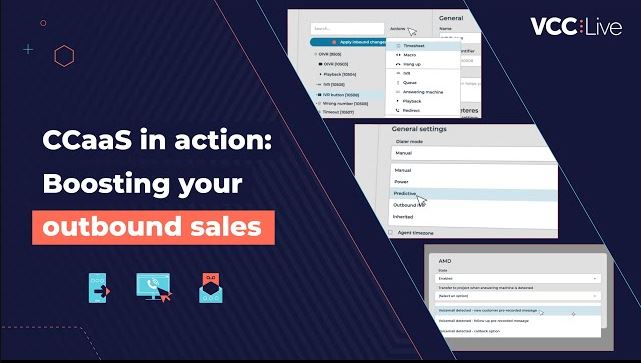

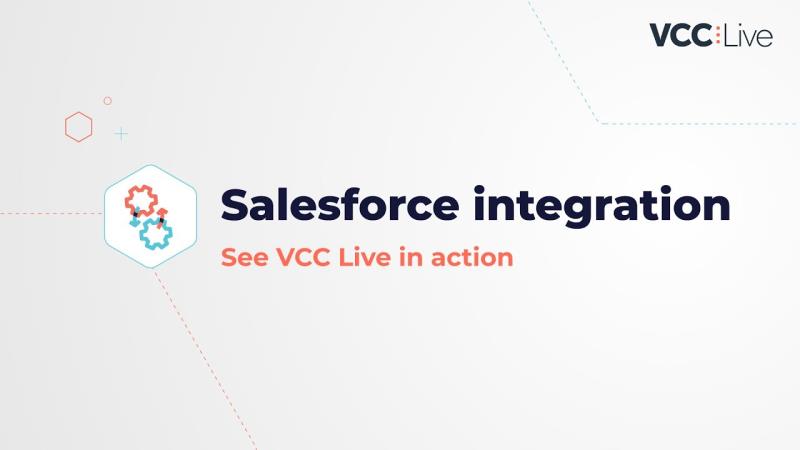
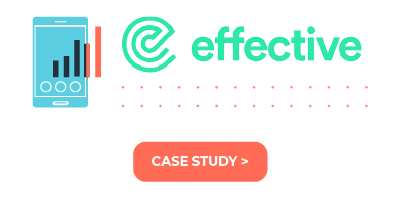
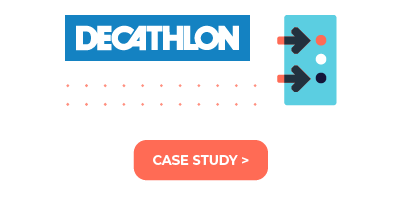
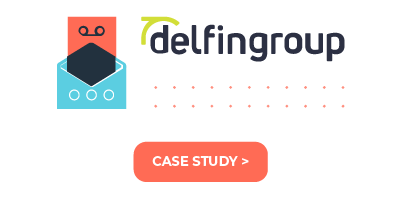

Comments
Can’t find what you need? Use the comment section below to connect with others, get answers from our experts, or share your ideas with us.
There are no comments yet.